Redshift vs Octane render for Cinema 4D: which is better?
Which is the better render engine for Cinema 4D: Octane or Redshift? This is not an easy question to answer and it depends on your situation. So in this article today, VFX Rendering going to compare the two powerful render engines to give a better insight and find the answer to this question: Redshift or Octane render for Cinema 4D. Let’s get started!
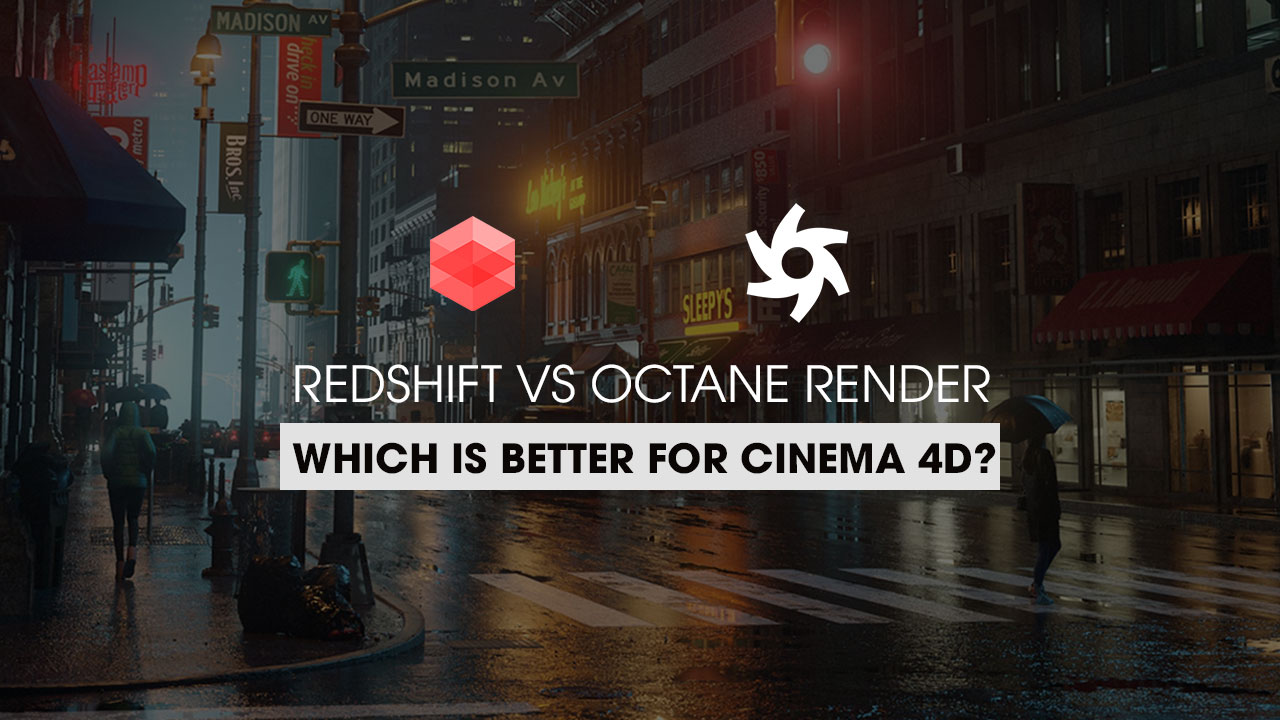
Table of Contents
Overview Redshift and Octane render for Cinema 4D
Redshift render
Redshift is a GPU-accelerated 3D rendering software, it is a biased GPU render engine that allows for a different way of calculating final rendered images. This render engine allows 3D artist to speed up their workflow through means of “cheating” for non-photorealistic work or choosing to not “cheat” for more photorealistic results. You should be able to use standard or physical renderers, on a GPU to get results suited best for your work.
Price:
- Annual Subscription: – $81.91 per month via Maxon
- Monthly Subscription License: $116.00 per month via Maxon
See detail feature here!
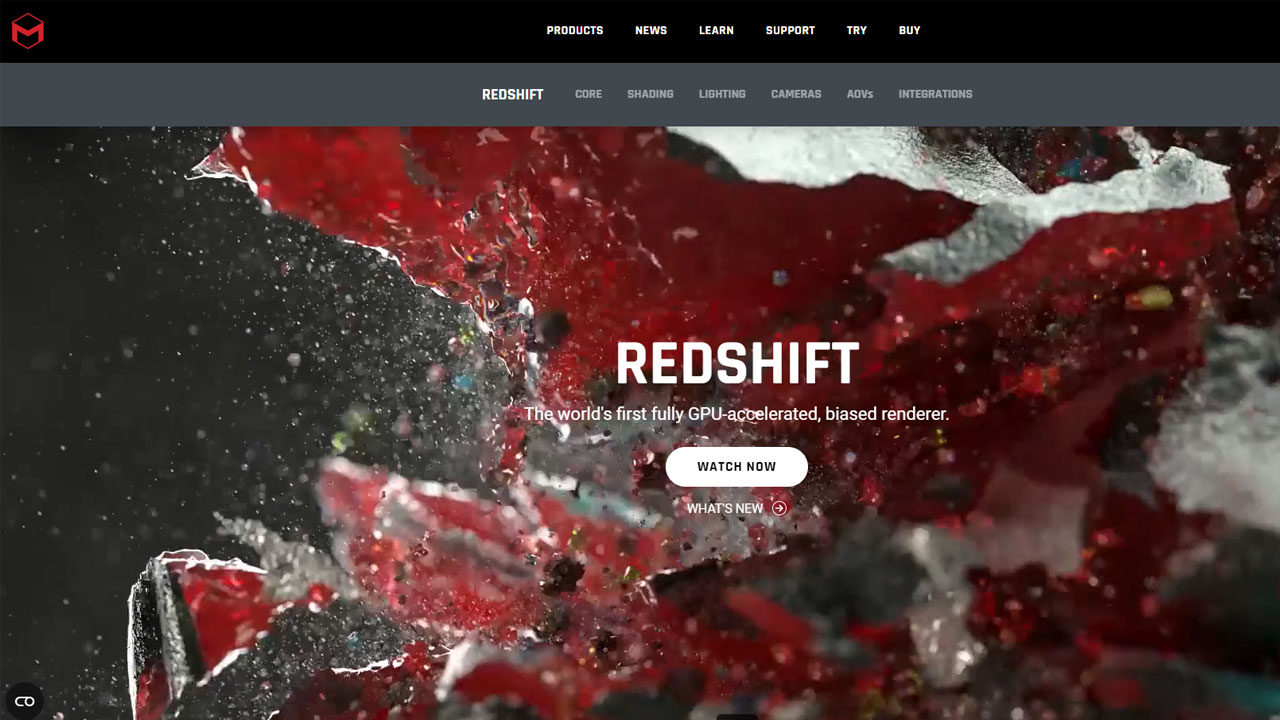
Octane render
Octane Render is the unbiased GPU render engine that uses a way of calculating final rendered images aim to be photorealistic. This render engine was developed by Otoy and become one of the most popular render engines in the world. Octane Render to be considered to deliver quality and speed unrivaled by any production renderer on the market.
Price:
- Annual Price – €699 (super confusing pricing structure) via Otoy
- Monthly Price – Starting at €16.58 for small studios via Otoy
See detail feature here!
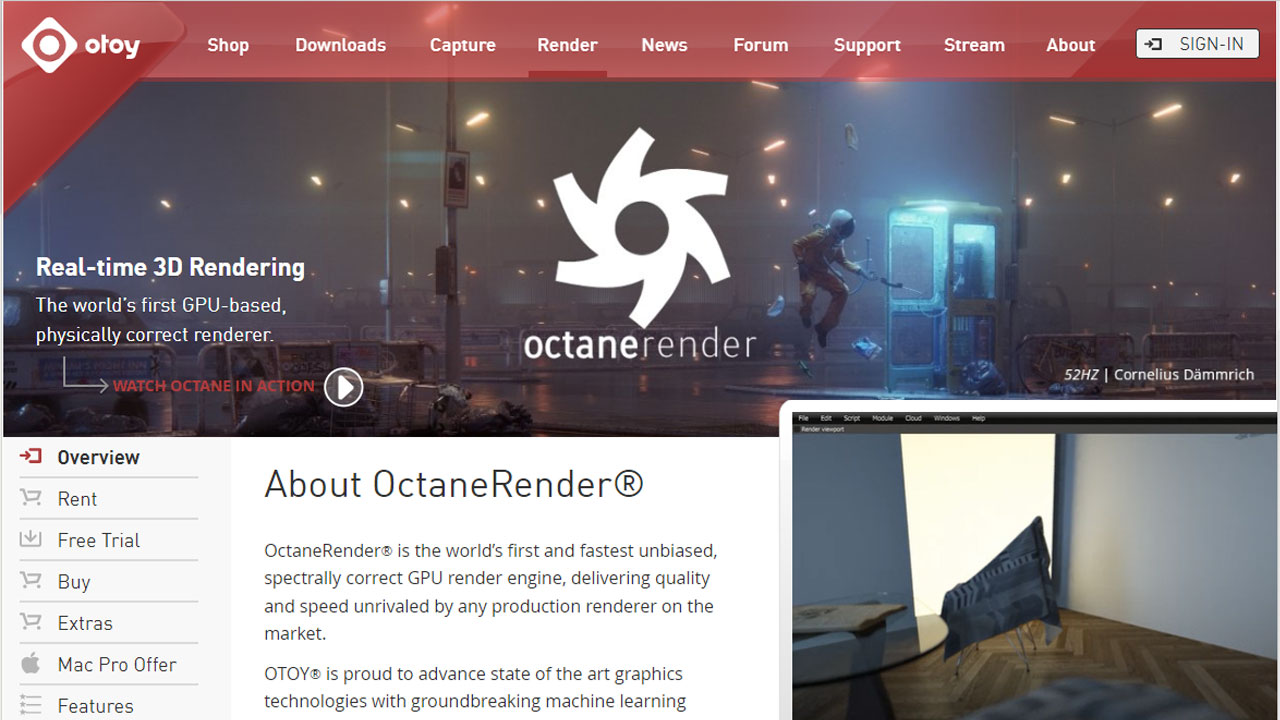
Compare Redshift and Octane render for Cinema 4D
Thank you for Stormz with the comparison article between the two software. We will mix it with our experience and compare them for you. In this comparison, we talk about 7 things: price, speed, number of GPU, denoising, ease to use, low light render, and procedural noise. Now let’s get exploring.
Price
Price is the first criterion that everyone cares about. As you have seen above, considering the price alone, Octane is a better choice than Redshift. If you care the most about price, you can choose Octane for your rendering work.
Speed
Speed of render time is the most important when you choose any render engine. For speed, the two of them are pretty equal. They have a little bit of difference but when looking at the two of them, they are pretty equal in terms of speed.
But, some people consider that Redshift is faster than Octane. Because biased engines like Redshift let you choose to leave off things, you can get the result done faster. But, in the reality, there is a lot more than you have to tune if you want a better render plus lower rendering times, it doesn’t really deliver if you just press render.
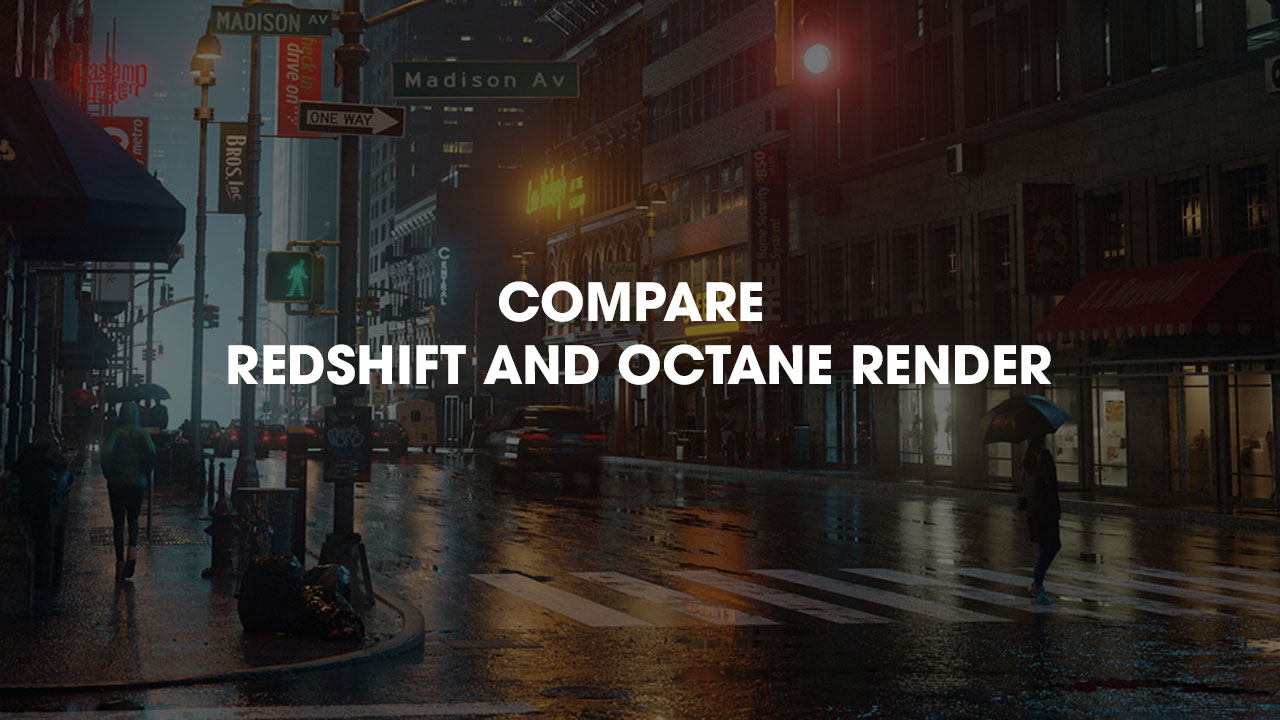
Number of GPU
Next, we will explore the number of GPUs that they allowed. Octane allows for two GPUs based on their lower tier and then Redshift allows for 8+. It has a limit listed on its website. You can have more GPUs than you can stick into a computer basically.
Most artists believe the octane benching system is better than the redshift benchmark and the benchmark results forum. You can take the octane bench results to compare graphics cards’ performance.
Denoising
The fourth comparison is denoising when it comes to rendering. Octane has their Ocatne denoiser which is their spectral aid denoising solution that is created and is all in-house stuff. Redshift has NVIDIA’S Optix denoiser as well as third-party Altus denoiser that you can choose between them. In this turn, most artist considers that Octane denoiser is by far in a way the best and is a winner.
Easy to use
Octane is quick and simple to get a good-looking result. As a beginner, you can choose Octane Render for Cinema 4D or any software that supports it. With Redshift, you must spend more time consuming to get a good result but you will have more control in terms of settings.
But don’t worry! You can improve your skill. Two render engines have a big community with more groups, and places beyond that group to find users and get help.
Low light render
With Redshift, low light renders take a long time to clean up and in some cases not viable. But, with Octane, this render engine is very good at low-light renders and it is clean up pretty decent and without a pretty decent speed in most cases. In low light render, Octane is the best choice for you.
Procedural noise
As you know, Redshift is owned by Maxon and Maxon has a ton of different noises that it has in their Cinema 4D application. Amazing when all of Maxon’s noise included allowing for a lot of control. Meanwhile, Octane has a few basic noises but they don’t have a whole lot of control. In this row, Redshift by Maxon is a win!
Consultation
Redshift render or Octane render for Cinema 4D which is better depending on your work. If you have low light render, have low cost, and want to speed up the time for render, Octane is the best choice for you. Through this article, we hope you can find out the render engine that is better for your projects. If you have any questions, please feel free to comment below!
See more:



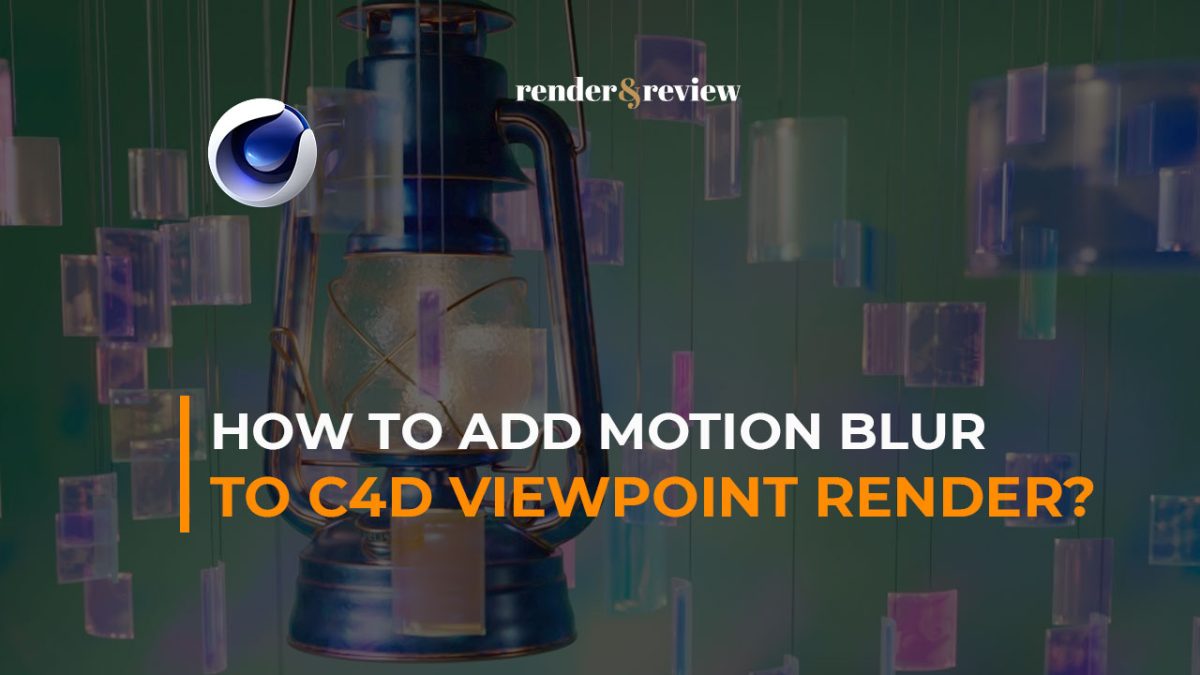
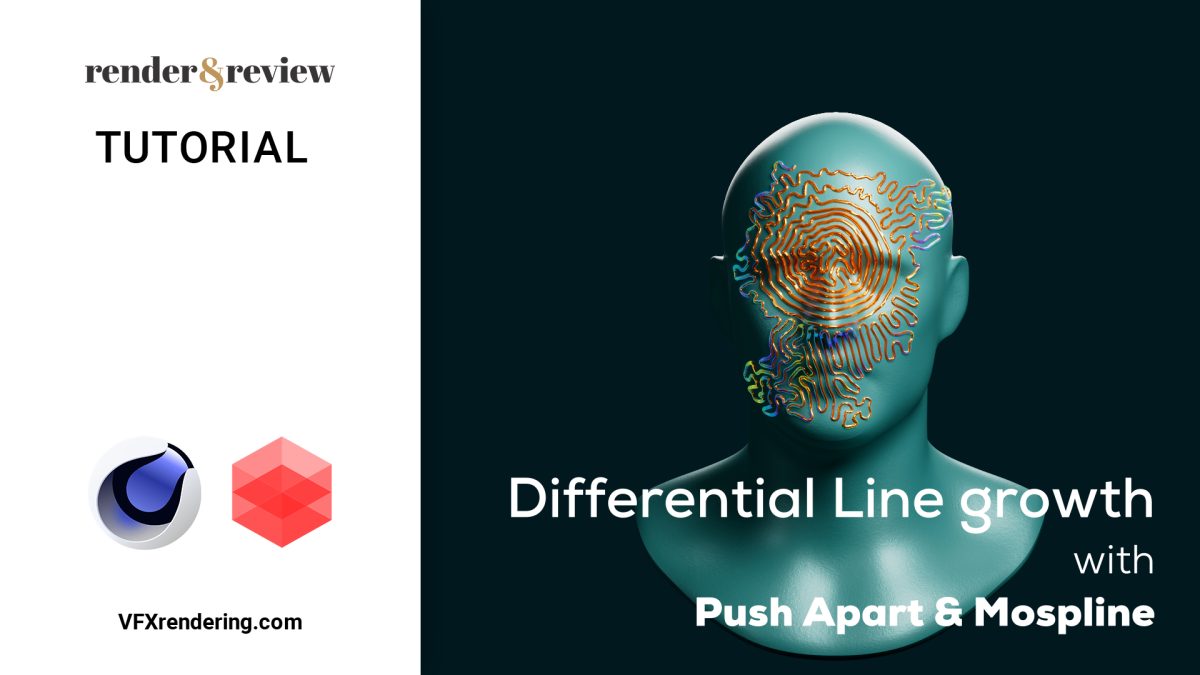

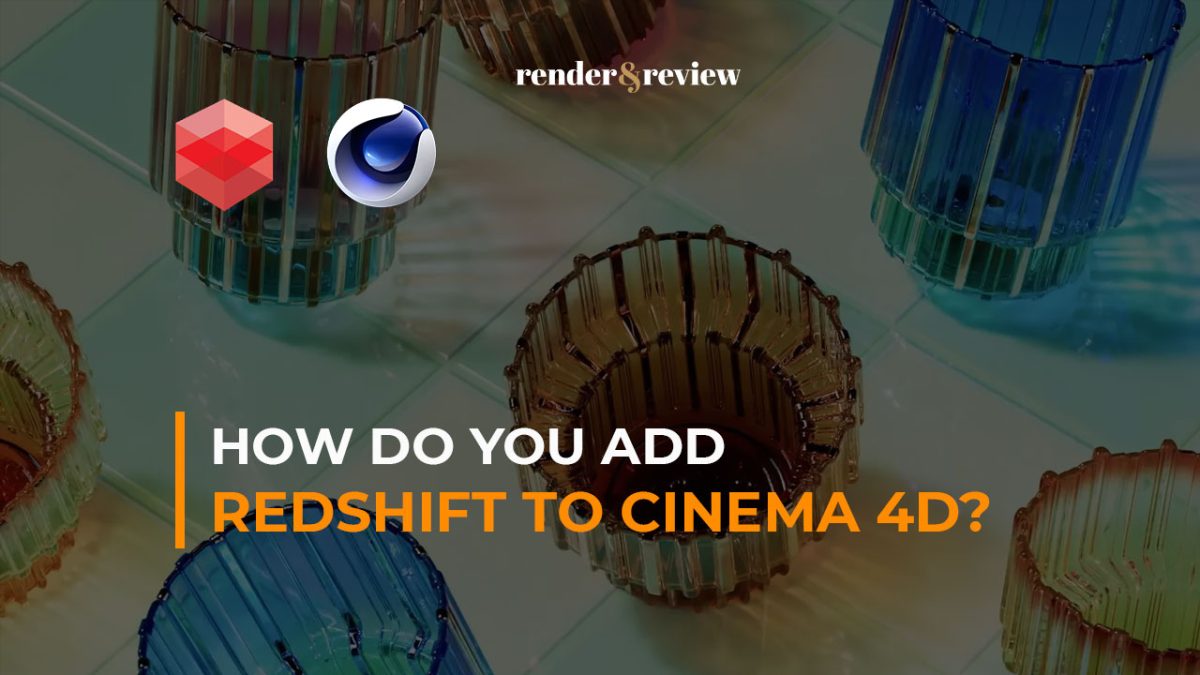
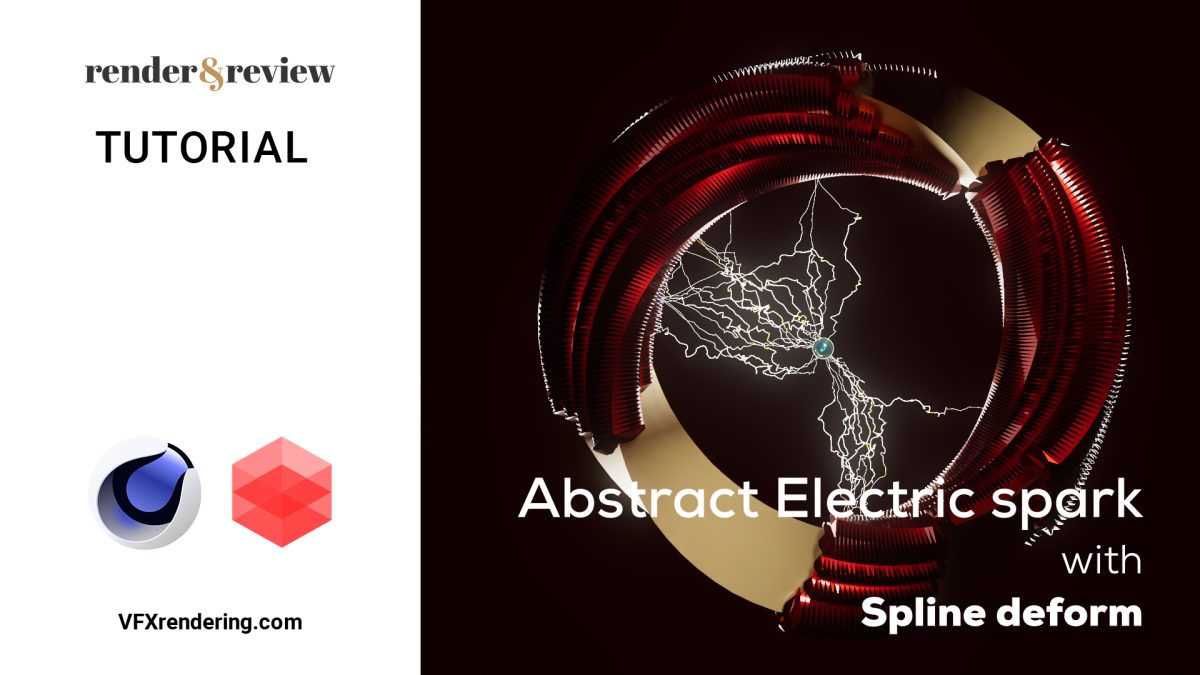
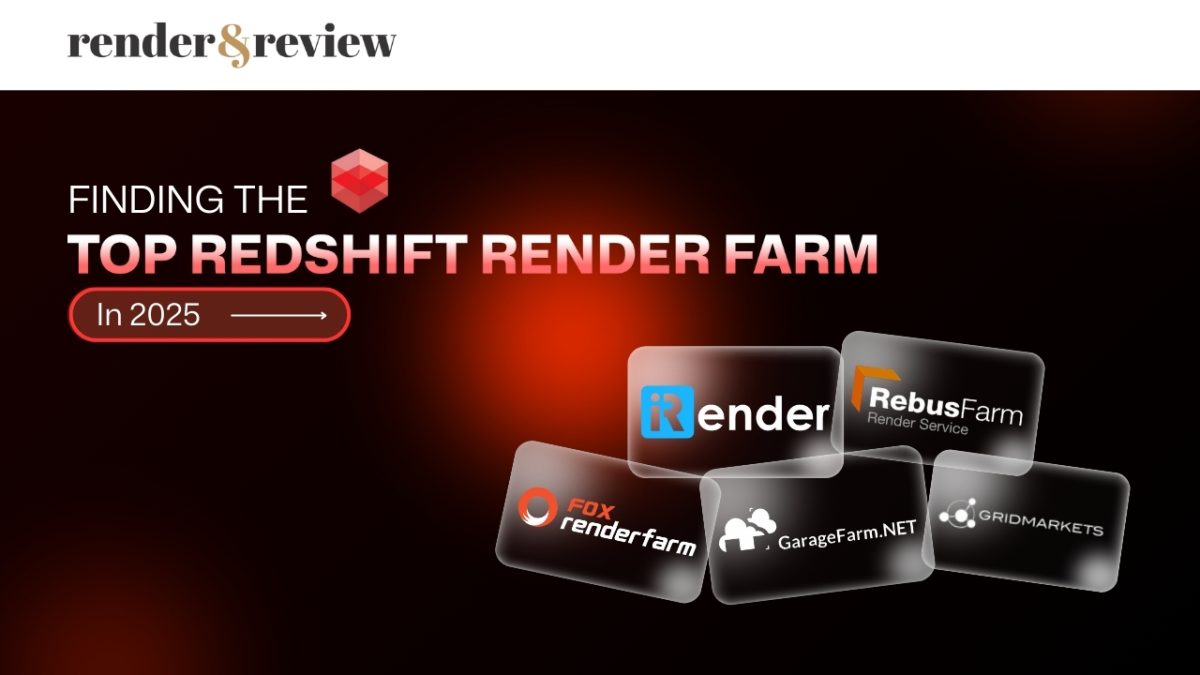
No comments